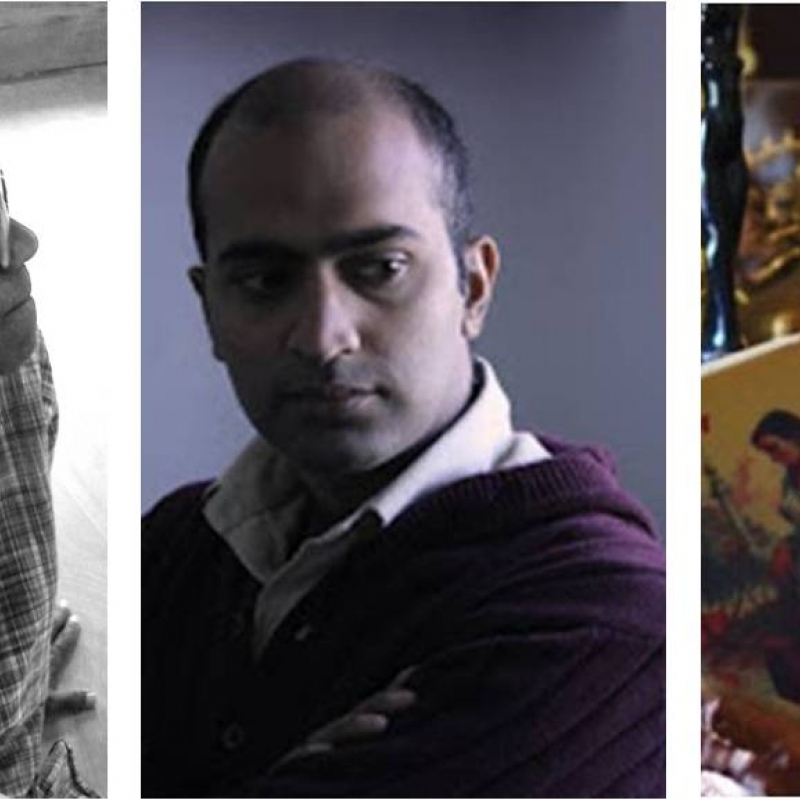Konkani is a language with a complex and much-contested history. It is one of the few Indian languages to be written in five scripts—Roman, Nagari, Kannada, Persian-Arabic and Malayalam-and also has an extensive oral literature. While the language continues to be a site of political contestation it has at the same time been experiencing tremendous strides, especially since its inclusion in the Eighth Schedule of the Constitution in 1992.
As Madhavi Sardesai points out in her authoritative essay on the socio-political history of Konkani, ‘Mother Tongue Blues’, with Goa’s liberation in 1961, the question of whether Konkani was to be regarded an independent language became a crucial one, as it had a direct bearing on the construction of a new Goan identity. From being considered an ‘impure form of Marathi’ and a ‘language of servants’, to becoming the official language of administration for Goa in 1987, its journey has been a tumultuous one. For a language that encompasses such vast geographical expanses, religious variations and caste identities, to arrive at a uniform and standardised destination would seem like a particularly unfair anticlimax.
The story can only be told through multiple narrators. We have therefore a conversation between the prominent Konkani writer Damodar Mauzo and Jose Laurenҫo, a young civil engineer who writes innovative short fiction in Konkani and English; an edited version of a lecture on the ‘Secret History of Konkani’ by Jason Keith Fernandes; an ‘Introduction to Literature in the Roman Script’ by Olivinho J.F. Gomes; an interview with Dadu Mandrekar in which he discusses the Dalit perspective in Konkani literature; and finally, some thoughts on the representation of women in Konkani literature and the contribution of women writers in Konkani by Jyoti Kunkolienkar.


